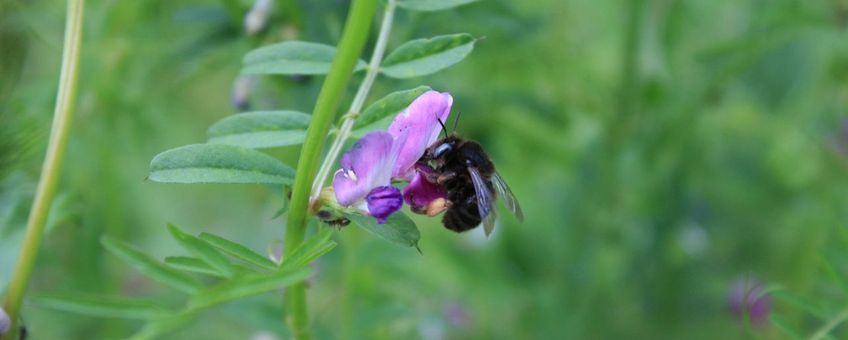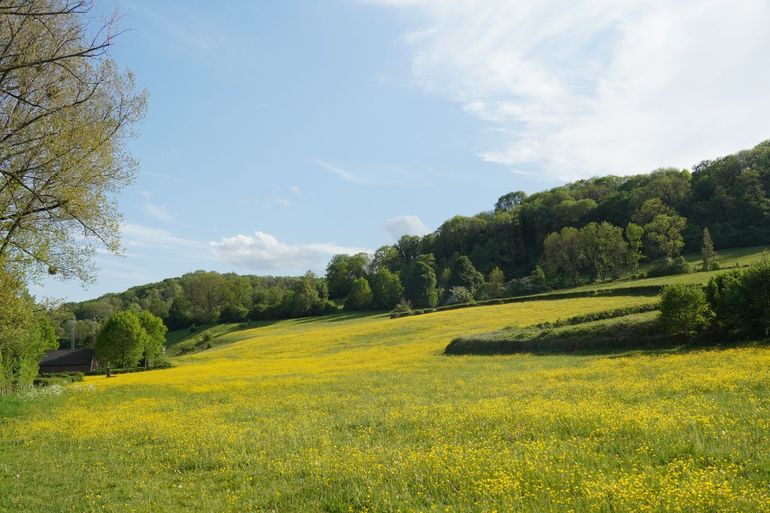
When do bees need flowers most in The Netherlands?
Wageningen Environmental Research, Wageningen University & ResearchThe research has been completed within a wider project on farmland biodiversity. It showed that because flowers decline across the season and bees increase across the season, bees are more limited by flowers later in summer. There are likely less flowers in summer because of the frequent mowing of large habitats like grasslands and small ones like road verges. In addition, many species-rich grasslands, which provide many different flowers late in summer, have been lost over the years due to land conversion.
Bees, on the other hand, increase in number from spring to summer. Bumblebees grow their colonies of worker bees across the season, while solitary bees increase in number later in the season because more species are summer fliers. This mismatch means that bees need more flowers in summertime.
More flowers in summer
So how can we increase flowers in summer? While planting flower strips looks nice and can benefit bees, in reality they cover a very small proportion of the landscape. The best way to increase flowers later in the season is to alter the mowing schedules of areas like grasslands and road verges. This can be achieved through phased mowing or grazing and by mowing and removal instead of flail mowing. Furthermore, flowers like clovers, lucerne, or herb mixes can be incorporated into grassland management to improve flower availability over the season.
Bee-friendly management on a landscape scale
The ongoing research project ‘Boshommellandschap Geuldal’ has shown that changing the management of these habitats can successfully increase the flowers growing there. In this initiative eleven partners work together to implement bee-friendly management on a landscape scale. If the altered management is continued and expanded to new areas, it has the potential to greatly increase the flowers provided, which should be beneficial to bee populations.
Text: Gabriella Bishop and José van Paassen, Wageningen University & Research
Images: Gabriella Bishop (spring-flying Anthophora retusa on Vicia sativa); Reinier de Vries

